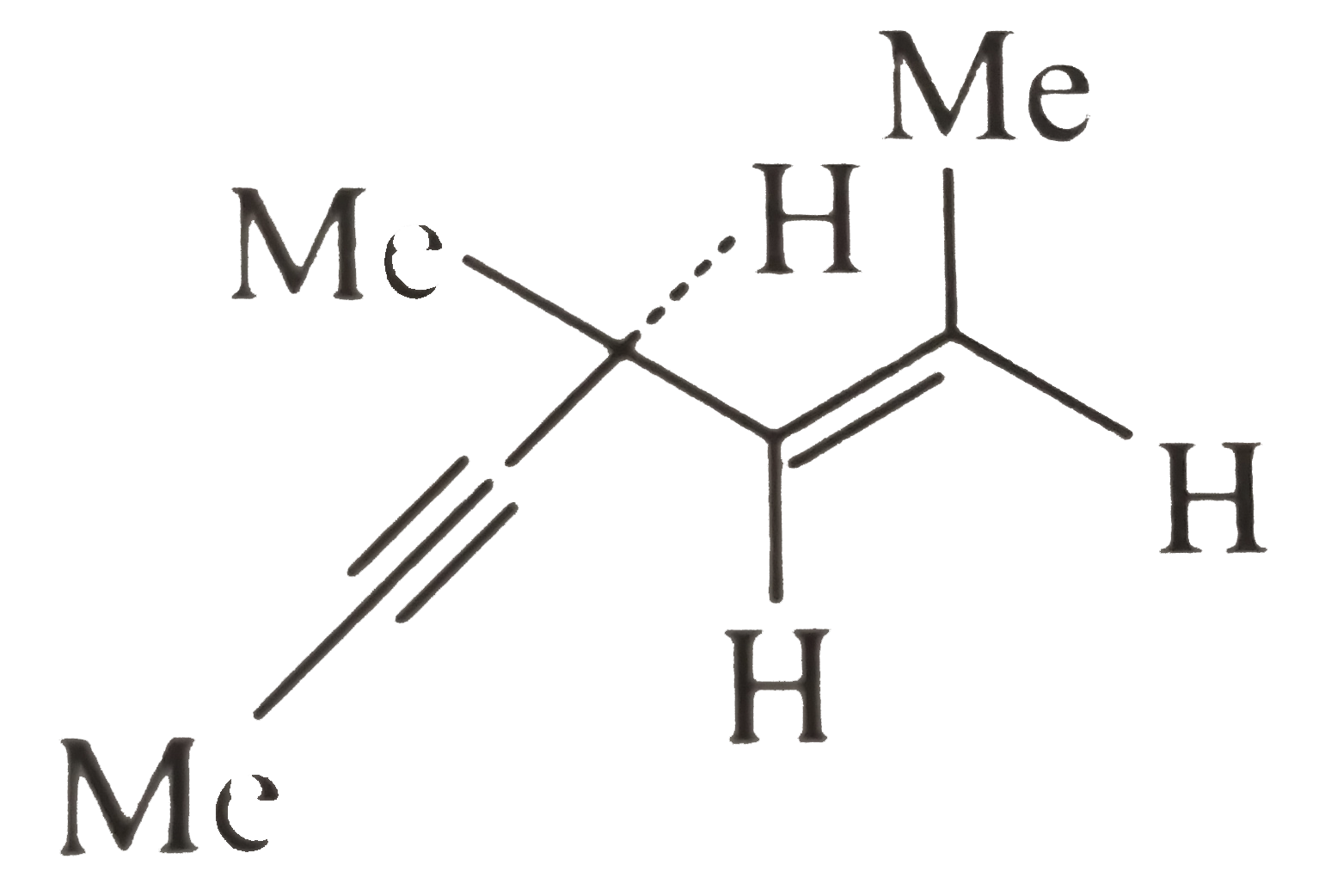Cyclohexanoyl chloride on reduction by poisoned catalyst gives
A
benzaldehyde
B
cyclohexanol
C
cyclohexanone
D
cyclohexyl methanal
Text Solution
The correct Answer is:D
|
Topper's Solved these Questions
- ALDEHYDES, KETONES AND CARBOXYLIC ACIDSBOOK - NIKITA PUBLICATIONCHAPTER - ALDEHYDES, KETONES AND CARBOXYLIC ACIDSEXERCISE - SECTION - II : CARBOXYLIC ACIDS
198 Videos
- ALCOHOLS , PHENOLS AND ETHERS BOOK - NIKITA PUBLICATIONCHAPTER - ALCOHOLS , PHENOLS AND ETHERS EXERCISE - MCQs
589 Videos
- BIOMOLECULES BOOK - NIKITA PUBLICATIONCHAPTER - BIOMOLECULES EXERCISE - MCQs
428 Videos
Similar Questions
Knowledge Check
Propanoyl chloride on reduction with Lindlar' s catalyst forms compound (A).Product (A) is
APropanoneBPropanoic acidCPropanolDPropanalPoisoning of catalyst means
Acatalyst becomes highly reactiveBcatalyst becomes inactiveCintermediate is formed quicklyDintermediate is formed very slowlyIn the Rosenmund reduction, the catalyst used is :
APd/BaSO4BRaney NiCSn/HClDZn/HCl
In Clemmensen's reduction , the catalyst used is
View SolutionHydrogenation of the given compound in the presence of poisoned palladium catalyst gives :

View Solution
Hydrogenation of the above compound in the presence of poisoned Pd catalyst gives:
View SolutionIn Clemensen's reduction, the catalyst used is
View SolutionIn Clemmensen's reduction , the catalyst used is
View Solution
